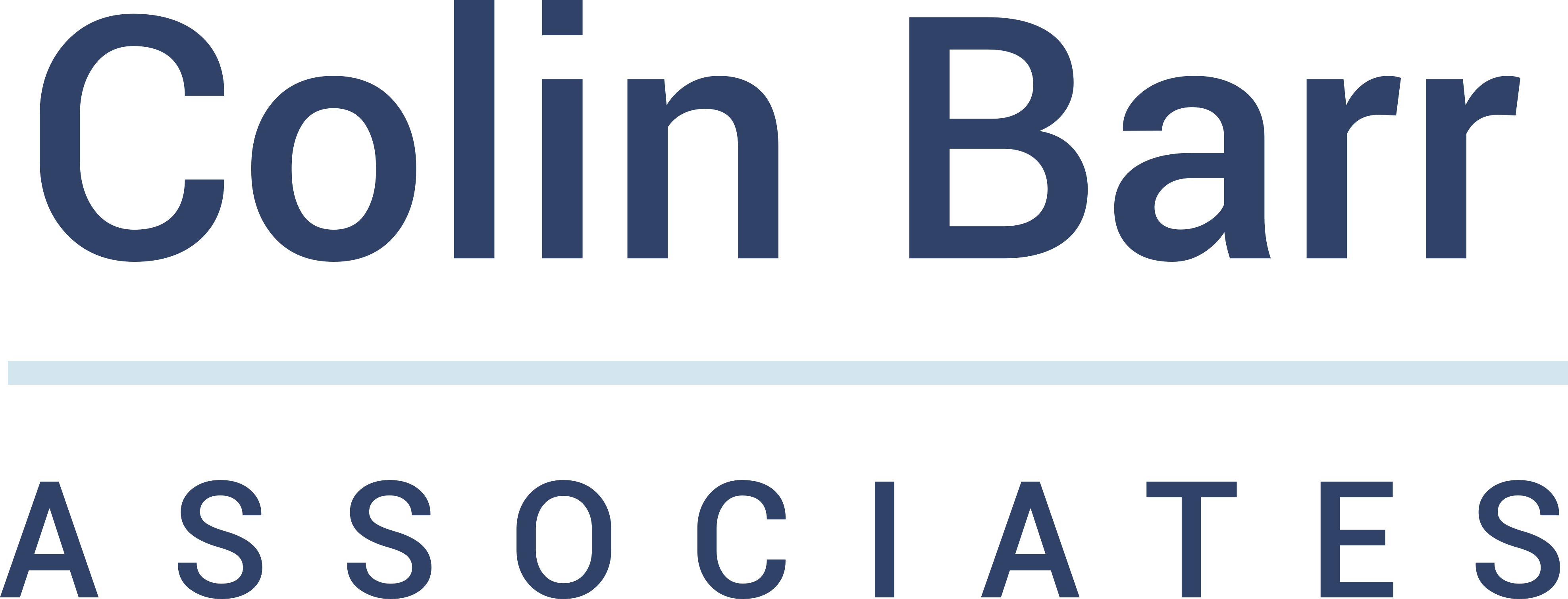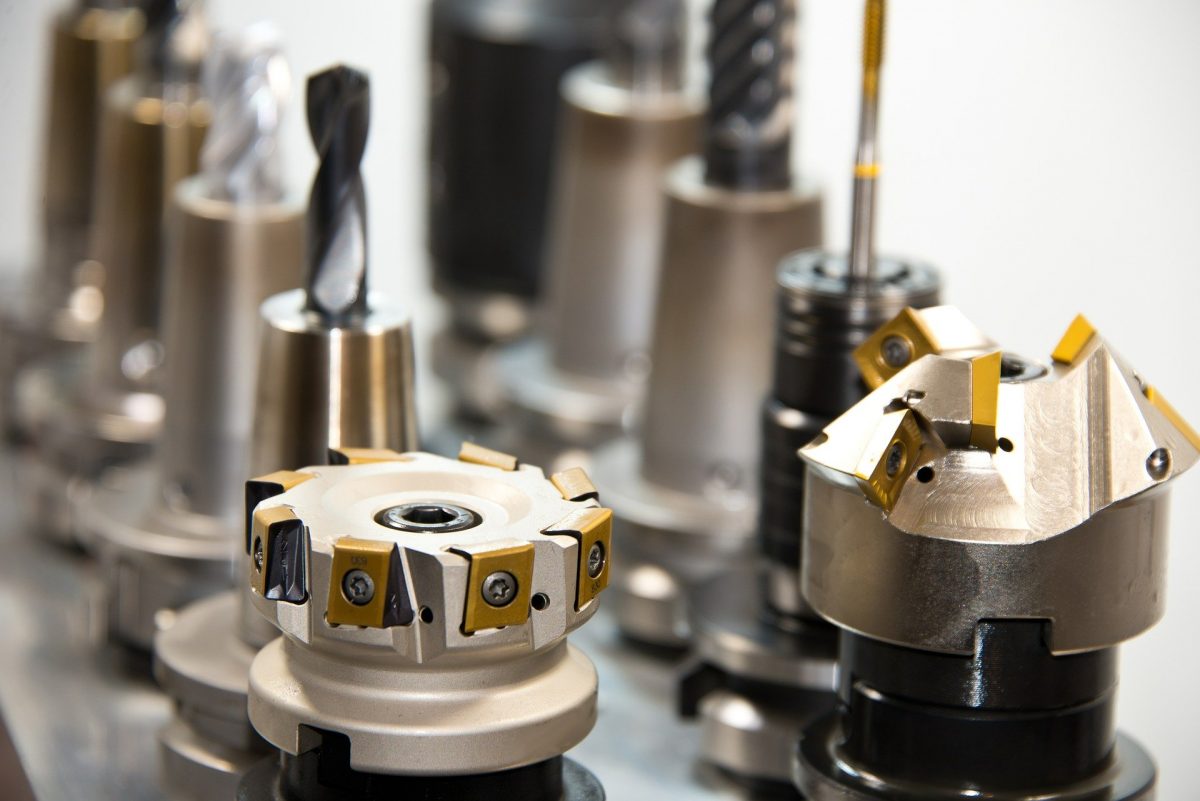Situation
The client manufactures precision plastic parts for prestigious automotive customers who have extremely high quality standards. On one particular product line, the client had established a 100% end-of-line inspection, in addition to a variety of other in-process inspections, as a belt and braces way of delivering the required quality. The resource that all of this inspection was consuming had become unsustainable and a better way of working was required for this product line.
Problem Definition
The automotive customer had removed their incoming inspection and (rightly) had placed responsibility for meeting quality targets onto our client. However, when summed up, all parts from the production process were effectively being 100% screened three times. This was time consuming, costly, and the excessive handling risked introducing additional quality problems.
The aim was to:
- Eliminate end-of-line inspection whilst still protecting the customer
- Reduce quality defects
- Reduce labour costs
- Reduce handling
Project Constraints
The main constraint was to protect the customer by reducing defects and avoiding quality escapes.
Measurement Data Gathered
30 weeks of historical data was extracted from records of the final 100% inspection. This showed an average defect rate of 1.75%. This was quite high given that two other in-line inspections had already been performed.
Analysis Performed
The customer feedback / customer complaint information was reviewed for the previous 12 months. Interestingly, the defect types being reported from the customer bore no resemblance to the defect types being found at production final inspection.
A series of controlled observations, including recording timing and inspection distance measurements, were performed at the inspection stage and the practices employed were compared to specification. Observations were made on different shifts with different inspection teams. The conclusion was that a number of quality criteria were being over-inspected and this was the reason for a lack of correlation with customer data. To quantify this, 63% of the time (!) the product was being over-inspected.
Mixed Product and Product Scratches were the two biggest concerns of the customer which did correlate with internal data. The team performed a root cause analysis of this and identified 10 failure mechanisms.
Improvements & Controls Established
Based on the findings during analysis, 15 quality improvements were identified and prioritised. Each week, for a period of 8 weeks, new controlled trials were performed as more and more of the improvements were implemented. As the weeks progressed, the end-of-line inspection activity was gradually ramped down in favour of better in-line controls and the customer data was closely monitored. By the end of the 8 weeks, customer confidence and quality were so high that the end-of-line inspection was entirely removed.
Results
At project closure, 59k parts had been shipped to the customer with zero failures! Two full time equivalent production operators were redeployed into higher value-added activities on another production line reducing the annual production cost of the above product by roughly £40k.
Benefits Summary: Quality improved, customer satisfaction increased, costs reduced, faster shipping.




